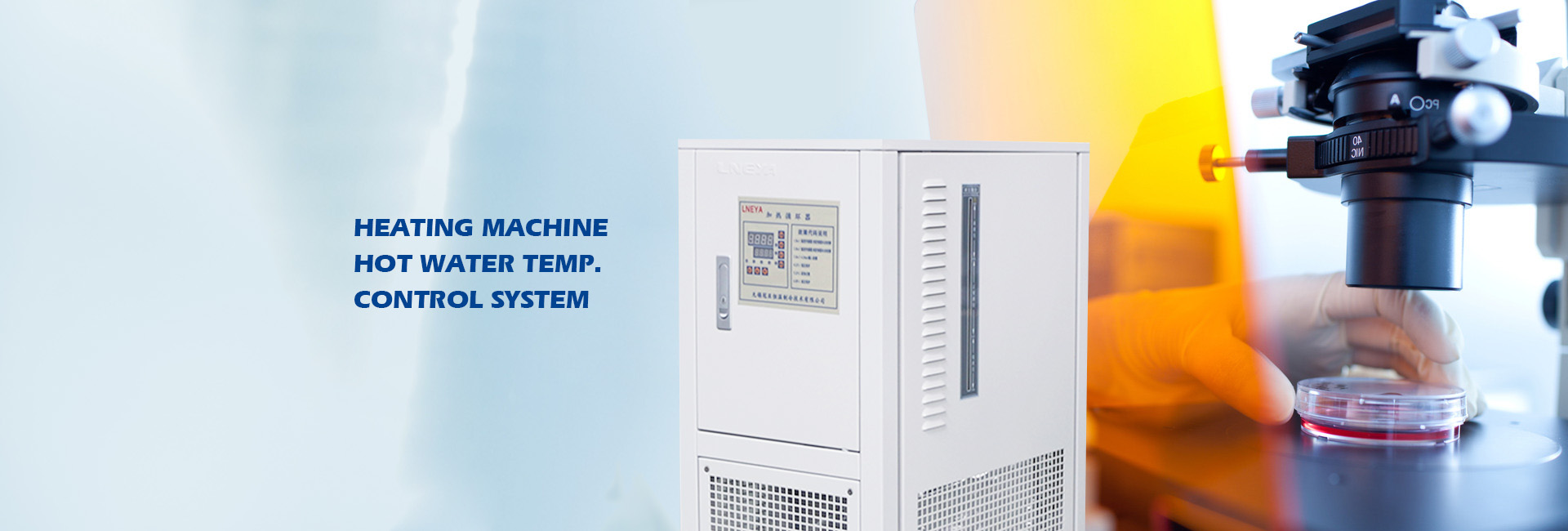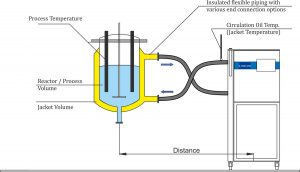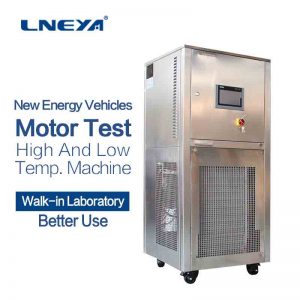The necessity of temperature heating and cooling cycle in the process of catalytic hydrogenation
In recent years, with the rising price of oil, the demand for benzene obtained from coking benzene has increased, coupled with the country’s increasing emphasis on environmental protection, the widespread application of coking benzene hydrogenation technology is imperative.
According to the reaction temperature, the coking crude benzene catalytic hydrogenation process can be divided into three types: high temperature hydrogenation (600℃~ 630℃), intermediate temperature hydrogenation (480℃~ 550℃) and low temperature hydrogenation (350℃~ 380℃). It is a high-temperature hydrogenation and low-temperature hydrogenation process.
Temperature has an effect on the reaction rate and selectivity of the hydrogenation reaction, but it does not necessarily have to be high temperature, because the actual production process often uses a catalyst to reduce the reaction temperature, which is very beneficial to production.

Constant temperature circulators are used more in pharmaceuticals, chemical engineering, and laboratories. Constant temperature circulators can also have heating and cooling functions. They can be used for cooling and heating or maintain constant temperature in the maximum temperature range of -25℃ to 200℃. It uses refrigerants. Compression, condensation, expansion, and evaporation, continuously absorb heat and vaporize at the evaporator, perform cooling and cooling, transfer heat from low-temperature objects to a cycle process like high-temperature objects, cool materials to the required temperature and maintain low temperature.

The scope of application is relatively wide, and experimental equipment such as reactors, reactors, fermentation tanks, evaporators, etc. are often used together. LNEYA circolatore di riscaldamento UC series products can realize the high temperature cooling process, from the high temperature of 300 ℃ to 50 ℃ directly. Equipped with a heating and cooling integrated container, the heat exchange area is large, the rate of temperature rise and fall is fast, and the demand for heat conduction oil is small. The product adopts fully enclosed circulation, high temperature without oil mist volatilization, heat conduction oil will not be oxidized and browned. The entire system is a fully enclosed system. There is no oil mist at high temperatures. At low temperatures, it does not absorb moisture in the air. During operation, the system will not increase pressure due to high temperatures. Low temperature automatically replenishes the heat transfer medium.
Raccomandazioni correlate
-
Perché un reattore in vetro richiede un refrigeratore e un riscaldatore a circolazione?
790I comuni recipienti di reazione in vetro presenti sul mercato possono essere suddivisi in tre categorie: recipienti di reazione in vetro a pressione negativa, recipienti di reazione in vetro sotto vuoto e recipienti di reazione in vetro agitati ad alta temperatura e ad alta pressione. Il vetro...
Visualizza i dettagli -
Routine maintenance points of special refrigeration units for laboratory instruments
1089Industrial refrigeration units dedicated to laboratory instruments are used more in the pharmaceutical and chemical industries, and care must be taken when using them. The daily maintenance of the industrial refrigeration unit dedicated to experim...
Visualizza i dettagli -
The cooling circulation system is used to collect the non-condensable tail gas in the distillation s
986Most rectification towers are two-stage condensation. The first stage uses cooling water, mainly condensing the top steam, and the second stage uses chilled water or ethylene glycol, which is mainly used to treat tail gas and remove a small amount...
Visualizza i dettagli -
New energy vehicle testing comprehensive test box filled with heat transfer oil
1260In order to ensure the correct operation of the machine, the new energy vehicle inspection integrated test box must ensure that no air bubbles remain in the system, ensure that the heat transfer medium outlet is connected to the lower interface of...
Visualizza i dettagli
 Refrigeratori industriali LNEYA Produttore Fornitore
Refrigeratori industriali LNEYA Produttore Fornitore













